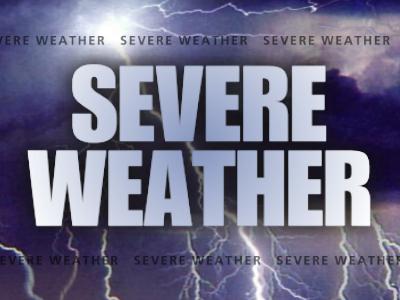
This annual national observance focuses on preparation, communications and response during dangerous weather events
The national effort coincides with the National Weather Service’s communications exercise that provides governmental, private and volunteer partners the opportunity to practice skills usually applied under stress, and provides public safety and preparedness officials, broadcast media and citizens the opportunity to test methods of receiving emergency weather messages and plans for responding to a weather emergency.
1. Make a Plan: Develop a plan for you and your family at home, school, work and outdoors. Identify a safe place to take shelter and know what actions to take when a warning is issued.
2. Prepare a Kit: Emergency supplies should last 7-10 days and at least include flashlights, a weather radio, and extra batteries. A weather radio is one of the best ways to be aware of dangerous weather – it will receive broadcasts directly from the National Weather Service. Make sure you have a kit for your home and your car. Plan for any medical needs (e.g., medicine) that your family may have, and make sure you keep and maintain emergency supplies for any family pets.
3. Be Informed: Stay tuned to TV and radio stations that broadcast Emergency Alert System (EAS) messages, and follow local emergency orders when issued. You can also receive emergency information via your computer or cell phone by subscribing to NY Alert at www.nyalert.gov, a free service that provides you with critical emergency information when you need it most.
4. Get Involved: Consider a visit to your local emergency management office to learn more about how to protect you and your family. Consider volunteering with organizations such as the American Red Cross, New York Cares, or the Salvation Army. To learn about disaster preparedness volunteer opportunities, visit the Citizen Corps website.